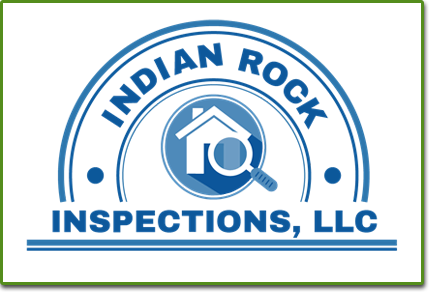Lead exposure can have serious health implications, especially for young children and pregnant women. To keep your loved ones safe, it’s essential to be aware of where lead might be hiding in your home. So, let’s explore the most common places where lead can be discovered:
Paint: In older homes, lead-based paint was commonly used until it was banned in the late 1970s. If your house was constructed before this period, and little in the way of renovation has been done, there’s a chance that lead-based paint still exists in your home. Check for chipping or deteriorating paint, especially around areas like windows and doors.
chance that lead-based paint still exists in your home. Check for chipping or deteriorating paint, especially around areas like windows and doors.
Soil: Lead can find its way into the soil around your home, often from exterior lead-based paint or past use of leaded gasoline. If your home is in an older neighborhood, consider getting your soil tested, especially if you plan on gardening or if you have small children and pets.
Water Pipes: Homes built before 1986 may have lead pipes or lead soldering in the plumbing system. When water sits in these pipes for several hours lead can leach into the water supply. Have your water tested, especially if you’re concerned about the presence of lead pipes, and consider using a water filter certified to remove lead.
Dust: Lead dust can form when lead-based paint deteriorates or during renovation or repair work. It settles on surfaces and can be easily inhaled or ingested. Regularly dust and clean these areas, using wet cloths to capture the dust instead of spreading it further.
By being aware of these potential hiding spots, you can take proactive steps to minimize the risks associated with lead exposure in your home, ensuring a safe and healthy environment for everyone.








